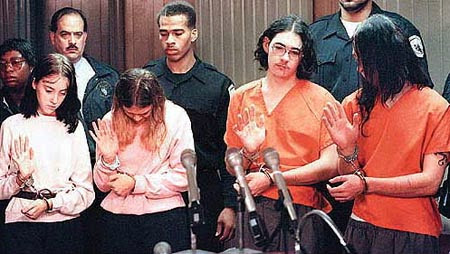Oh, that Wikipedia! I consulted its article about St. George Island to find this convoluted conundrum reported as fact:
St. George Island was first inhabited by the Creek Indians between the 10th and 15th centuries, who were all killed off by disease. With the arrival of European colonists to the area in the late 18th century came an intense struggle for control. In 1803, the Creek Indians ceded a large tract of land, which included St. George Island, to trader John Forbes and Company, known as the Forbes Grant.
Okay, so the Creek (Muscogee) were all killed off by disease in the 15th century? What disease? From where? Most such cultural wipeouts came from the intrusion of European settlers, which the article says didn't occur on St. George Island until the late 18th century. And if the Creek were wiped out, how did they cede the land in 1803? (The fallacy there is the article's implication that there weren't more Creeks elsewhere. They were actually quite widespread.) Wikipedia's separate article about the Creek doesn't really make it any clearer.
Be that as it may, St. George Island is a lovely place today, and one of Florida's lesser-known paradises. The area boasts the Cape St. George Lighthouse, the Apalachicola Nature Center, the fantastic fishing pier, Captain Dwayne's charter boats, great grub at Indian Pass Raw Bar and Eddy Teach's, fine wine and cocktails at The Owl Cafe, and live music/karaoke at Harry A's.
Other nearby islands include Little St. George Island, St. Vincent Island, and Dog Island.



































































